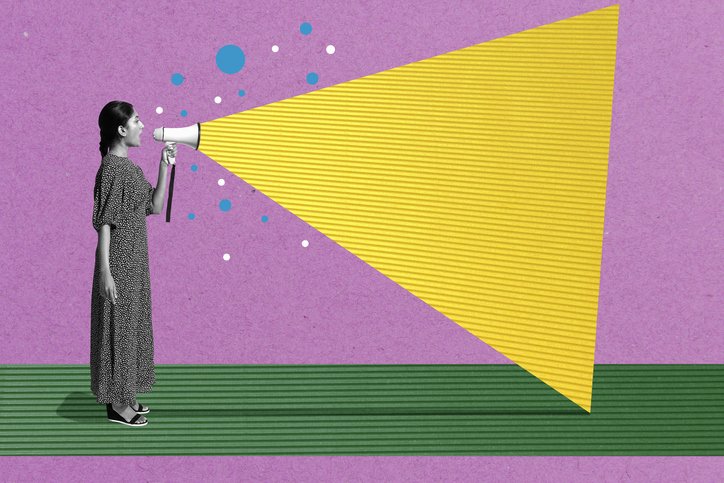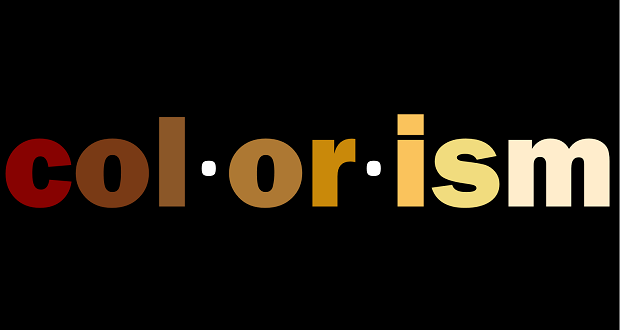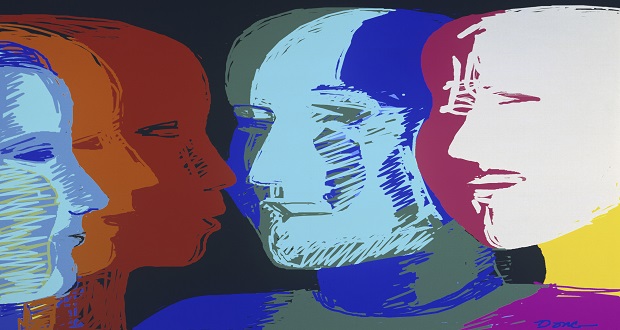
Looking back, 2020 spurred almost every organization that I know into a DEIJ training cycle. Almost overnight, so many of us became immersed in long-overdue conversations about the dynamics that affect our individual and collective experiences of and in the workplace. To the relief, and perhaps surprise, of many who hold marginalized social identities, we were finally engaging in collective conversations about how we relate to each other, how we impact each other, and the changes we’d like to see in the workplace.
Many organizations started with unconscious bias training. A few ventured as far as microaggressions and/or inclusive culture training. An even smaller amount continued their journey by digging into the deeper terrains of allyship and antiracism.
But now, 2.5 years out from those initial trainings, there’s a silence steadily creeping into organizational DEIJ efforts. Inside of many of the organizations that I work with, employees are quick to notice that DEIJ is no longer the priority that they once thought it was. Sadly, an institutionalized silence confirms what many suspected was performative all along.
Inside many of the organizations I work with, employees are quick to notice DEIJ is no longer the priority they once thought. Sadly, an institutionalized silence confirms what many suspected was performative all along. Share on XPerhaps you’ve noticed some of these subtle manifestations of this silence in your own organization or even within yourself:
- Worried about the looming recession, your company gradually deprioritizes DEIJ efforts in favor of cost savings. Now, we no longer “have the budget” or we “can’t pull people from the line” or “don’t have the time.” DEIJ training efforts are offered either as optional or maybe not even offered at all.
- Your organization provided a few trainings initially but then stopped after the foundations, or didn’t continue much further. Maybe the conversation got “too deep.” Maybe some felt that standards of “professionalism” were being threatened and upholding those were more important than honoring our very own humanity — what’s really at stake. As a result, the training experience focused more on compliance or performative actions rather than doing the deeper work of supporting employees in relating to each other differently and transforming the system.
- DEIJ is no longer even a topic of discussion for your meeting agendas, or your committees meet just to report out on to-dos or organize events. Your organization is convinced that it has “done” the work. However, in actuality, the work they’ve done so far is only a beginning. To truly be in the DEIJ space as an organization and an individual requires a continuous process of learning (and unlearning the very things that got us here).
- There are things that you or your organization simply won’t talk about or address. Sometimes this is because, despite our foundational DEIJ training, we haven’t had a real opportunity to develop the vocabulary or gained the practice needed to enter into a rich, raw, and authentic conversation about the behaviors and dynamics that keep us from achieving our goals in the DEIJ space.
- As individuals, we stay silent about microaggressions or offensive actions, behaviors, or comments that reinforce biases, prejudices, and the array of -isms and phobias in our organization when they occur. Inside, we feel it’s too risky or painful personally or professionally to address or discuss.
I wear a few hats in the DEIJ space. So, I’ve learned a lot about why this silence comes up and how to address it. Depending on the nature of the client engagement, I play the role of coach, consultant, or facilitator. No matter the hat I’m wearing, I am always very curious about the silence. I also regard it with tremendous reverence, even though it both excites and scares me. While leading a training or consulting with clients, I know that when silence enters our space:
- Folx are usually at the precipice of uncovering or sharing something that is real, raw, tender, and authentically true for them at that moment in time.
- Buried deep in that silence are a host of uncomfortable truths, emotions, and vulnerabilities which are actually driving and shaping interactions between various agents in the workplace ecosystem.
- It’s an opportunity to unpack power dynamics and the current ways of being that keep us from connecting to each other and ourselves while at work.
Unfortunately, so many of our dominant cultural narratives and paradigms teach us not to be in relationship with silence. We are taught to ignore or overlook it, to make noise so that we can run from it, to criticize it, or to fear it. Quite simply, we are discouraged from exploring the very data point that holds the keys to restoring connection to ourselves and to each other.
The greatest lesson that I or you can offer as a DEIJ facilitator, consultant, coach, or an ally is to support folx and yourself in turning toward, rather than away from the silence. This is an especially powerful act of resistance during these tumultuous times when feelings of frustration, exhaustion, or hopelessness run high and tend to shut us down further into the silence.
The greatest lesson I can offer as a DEIJ facilitator, consultant, coach, or an ally is to support folx in turning toward, rather than away from the silence. This is a powerful act of resistance during these tumultuous times. Share on XSo, the next time you encounter silence, see what happens when you turn toward it. Begin to unpack it using the following steps and by remaining curious towards yourself and others around the following questions:
- Describe the silence. Where is the silence? How does it show up? What does it look like? Sound like? Feel like?
- Articulate its impact. What can this silence tell us about what’s happening inside of you and/or me? What can it tell us about what’s at stake for me and/or for you? What is it protecting or hiding? What is the cost of my or your silence?
- Uncover the underlying needs. What feelings came up that made me or you go silent? What can this silence tell us about what I need and what you need?
- Envision restored connection. What can restore our connection? How would you or I have to show up differently to restore that connection? What new values, thoughts, or behaviors would we have to embrace to experience a restored connection? What would we need to learn or unlearn to enjoy and sustain the full experience of our restored connection?
Ask these questions of yourself and, if you have built the trust, ask them of others. Notice what comes up and see what you learn.
What I have learned in the field exploring the silence with this process and inquiry is that if we dare to allow ourselves to go further or deeper into these silences, we will find that there is, indeed, something in that silence that can move us all forward.


















